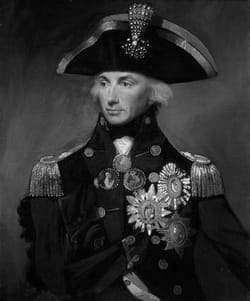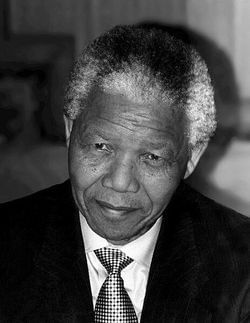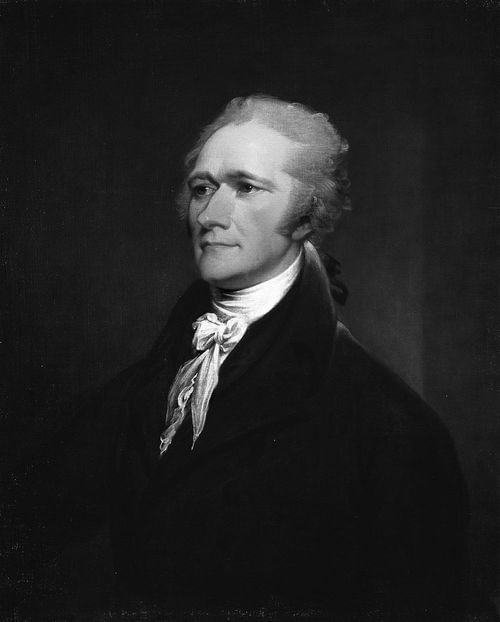
Photo Attribution: John Trumbull, Public domain, via Wikimedia Commons
Alexander Hamilton
This example has been viewed 568x times
Summary
Rodden Rating
Analysis for Alexander Hamilton
Biography
Alexander Hamilton (January 11, 1755, or 1757[a] – July 12, 1804) was an American military officer, statesman, and Founding Father who served as the first secretary of the treasury from 1789 to 1795 during George Washington's presidency.
Born out of wedlock in Charlestown, Nevis, Hamilton was orphaned as a child and taken in by a prosperous merchant. He pursued his education in New York City where, despite his young age, he was a prolific and widely read pamphleteer advocating for the American revolutionary cause, though an anonymous one. He then served as an artillery officer in the American Revolutionary War, where he saw military action against the British in the New York and New Jersey campaign, served for years as an aide to General George Washington, and helped secure American victory at the climactic Siege of Yorktown. After the Revolutionary War, Hamilton served as a delegate from New York to the Congress of the Confederation in Philadelphia. He resigned to practice law and founded the Bank of New York. In 1786, Hamilton led the Annapolis Convention to replace the Articles of Confederation with the Constitution of the United States, which he helped ratify by writing 51 of the 85 installments of The Federalist Papers.
As a trusted member of President Washington's first cabinet, Hamilton served as the first U.S. secretary of the treasury. He envisioned a central government led by an energetic president, a strong national defense, and an industrial economy. He successfully argued that the implied powers of the Constitution provided the legal authority to fund the national debt, assume the states' debts, and create the First Bank of the United States, which was funded by a tariff on imports and a whiskey tax. He opposed American entanglement with the succession of unstable French Revolutionary governments and advocated in support of the Jay Treaty under which the U.S. resumed friendly trade relations with the British Empire. He also persuaded Congress to establish the Revenue Cutter Service. Hamilton's views became the basis for the Federalist Party, which was opposed by the Democratic-Republican Party led by Thomas Jefferson. Hamilton and other Federalists supported the Haitian Revolution, and Hamilton helped draft the constitution of Haiti.
After resigning as Secretary of the Treasury, Hamilton resumed his legal and business activities. He was a leader in the abolition of the international slave trade. In the Quasi-War, Hamilton called for mobilization against France, and President John Adams appointed him major general. The army, however, did not see combat. Outraged by Adams' response to the crisis, Hamilton opposed his reelection campaign. Jefferson and Aaron Burr tied for the presidency in the electoral college and, despite philosophical differences, Hamilton endorsed Jefferson over Burr, whom he found unprincipled. When Burr ran for governor of New York in 1804, Hamilton again campaigned against him, arguing that he was unworthy. Taking offense, Burr challenged Hamilton to a duel. In the July 11, 1804, duel in Weehawken, New Jersey, Burr shot Hamilton in the stomach. Hamilton was immediately transported to the home of William Bayard Jr. in Greenwich Village for medical attention, but succumbed to his wounds the following day.
Scholars generally regard Hamilton as an astute and intellectually brilliant administrator, politician, and financier who was sometimes impetuous. His ideas are credited with laying the foundation for American government and finance.
Source: https://en.wikipedia.org/wiki/Alexander_Hamilton
Raw Data
Horoscope Data
Comments
Natal Data
1755-01-11 Unknown Time GMT
17° 8′ 14.9″ N 62° 37′ 25.2″ W
Charlestown, St Kitts & Nevis



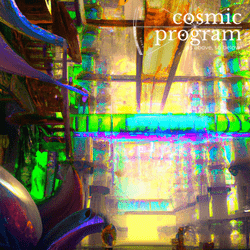

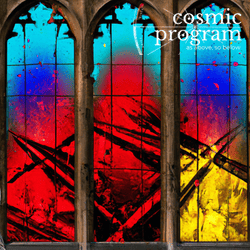











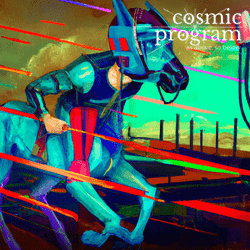





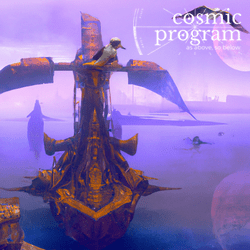

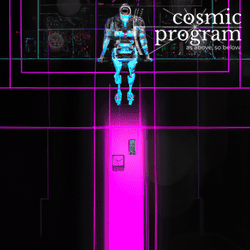


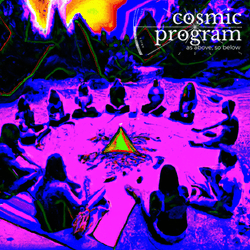

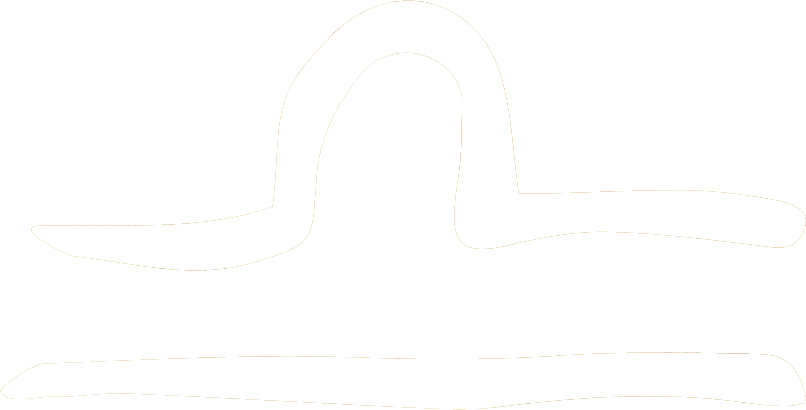



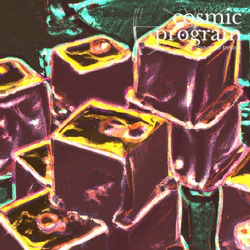

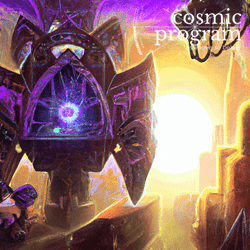




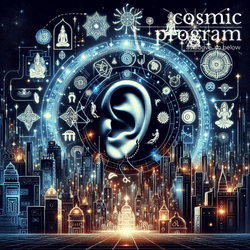
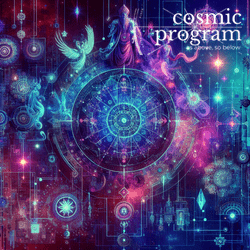










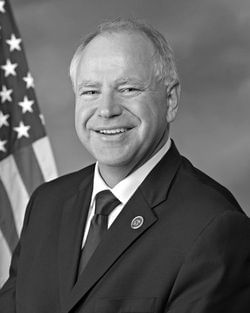
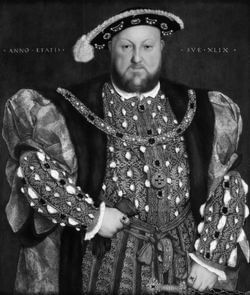
.jpg?bossToken=b91e4431e5815c7b41550ad5706d69d8e07bf83a79f7e6850aca4e048c097b94)
.jpg?bossToken=110ed1827566e152bafddfc7b2e00452b9e2c39bcd6094634b85aa7dea078572)


